You are here
Abai Opera and Ballet Theater.
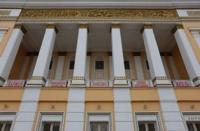
Visiting theaters in Almaty.
“Know how to give what you give, but never give more than what you can, nor even everything that you can”
From the notebook of Francois Delsarte.
Visit to Abai Opera and Ballet Theater in Almaty.
The Abai Opera and Ballet Theater was built in the period from 1936 to 1941. Authors of the project: architects N. A. Kruglov, with the participation of N. A. Prostakov, T. K. Basenova; Designers V. Kroshin, N. Tsivchinsky.
The heritage of national architecture and ornamental art was creatively used. It is a monument of architecture and history (Resolution of the Council of Ministers of the Kazakh.SSR No. 38 of January 26, 1982). A three-story building, rectangular in plan, stands in Kurdoner St. Panfilova, which faces the end, where the main entrance is located.
The building stands on a stylobate faced with Alma-Ata gray granite. The architecture of the main facade was decided on the principle of contrasting the four-columned spatial loggia of the portico with its powerful pylons and blind planes of the side walls.
The two upper floors are accented by a deep loggia with a cast-iron ornamental fence attached to white posts. A frieze in the relief technique on the theme of socialist labor and the achievements of the peoples of Kazakhstan, the heroic Kazakh, passes over the loggia. epic, the era of the establishment of Soviet power and the Civil War (thin. N. Tsivchinsky).
In the center of the composition is Jambul with a group of art workers. The Kazakh ornaments Koshkar-Muiz (baranti horn), Rgak (hook), Zhaprak-Kul (trefoil), Snar-Muiz (one-horned), and other motifs are used in this decorative decoration of the building facades.
The attic is completed with openwork fencing, a kind of crown of the building. In 2002, the restoration was completed, the murals of the building and the hall disappeared, texts with quotes of the main facade (art. V. Kroshin) were lost - “... Art belongs to the people” (V.I. Lenin, in Kazakh and Russian.).
The internal layout consisted of a lobby, which at the ends has two-flight stairs. The entrance to the square hall for 1200 spectators was carried out from the lobby and recreations of the first and second floors, where the spectator will feel the acoustics, find picturesque portraits of outstanding figures of theatrical art.
The barrier strip of the boxes cuts into the upper part of the amphitheater fence, connected with the ground part of the auditorium. The hall is covered with a flat suspended ceiling with clean filing, covered with fabric, primed and painted with oil paints. In the center is an ornamented circle inscribed in a square shape.
A traced figured chandelier was hung here, made of papier-mâché with gilding (now replaced, it has been known since World War II when the shooting of the film "Kotovsky" was completed). As planned by the engineers, the scene had access to ul.
Dzhambul (during the performance, a lot of choir and ballet dancers, with pack animals, could enter and take part in grandiose Soviet performances). On the sides of the theater are squares, with waterfalls (mascaron lions) and clusters of lanterns.
A bust was placed in the eastern part of M. Auezov (1967, sculptor T. Dosmagambetov), in the west - a bust of J. Dzhabaev (1971, sculptor H. Nauryzbaev) - monuments of local importance (1984). On the Theater Square, where there is now a water pool, there was a monument to Stalin (1949, architect B.N. Stesin).
The place of meetings and partings of Almaty residents, the House of Soviets hotel, a cafe (Summer, Theater and Karlygash) and mass walks of youth along Kalinin Ave (local - Broadway), salutes to popular and party celebrations.
The theater opened in its own building on November 7, 1941 with the opera Nargiz. It was built according to the project of the All-Union Competition by specialists from Moscow and Leningrad, who were exiled to Alma-Ata. Repression left the names of the architects unknown. Architect N.A. Kruglov (1883-1938) died in a concentration camp, he was replaced by N.A. Prostakov.
After the construction of the theater was completed, many specialists went to the front of the Great Patriotic War and their fate is also unknown. The theater is organized on the basis of the Musical Theater (original studio).
On January 13, 1934, the play Aiman-Sholpan by M. Auezov and I. Kotsyk was staged in the Kazakh language. Since 1937, the Opera and Ballet Theater has been receiving titles (Kazakh State Academic) and titles (for the first time L.I. Mirzoyan, first secretary of the Communist Party of Kazakhstan; since 1945 - named after Abay).
For many decades, the republic’s political life has been going on in the theater, beginning with party, Soviet and economic congresses, solemn mourning events, book exhibitions, fairs, children's parties, including staging performances for school holidays and holding the main annual Christmas tree for the New Year.
The first director E. Brusilovsky, creator of eight national operas and one ballet “Kyz-Zhibek”, “Er-Targyn”, “Ayman-Sholpan”, “Birzhan and Sarah”, “Kamar-Slu” and others. The milestone of the theater’s creative life was the creation of the opera Abai by A. Zhubanov and L. Hamidi on the libretto of M. Auezov.
The leading parts of national operas revealed the vocal talent of the legendary K. Baiseitova, S. Beisekova, A. Umbetbaev, B. Dosymzhanov, K. Kenzhetayev, R. and M. Abdullins. Galina Ulanova, Tamara Khanum and A. Seleznev, who created his own choreographic school, greatly helped in the formation of the Kazakh ballet.
Together with the national performances "Kambar and Nazym", "Dear Friendship", "Frescoes" in the theater's repertoire there are world masterpieces "Swan Lake", "Raymond", "Bronze Horseman", "Corsair". The biography of the theater is the work of masters of several generations.
These are the singers E. Serkebaev, R. Zhamanova, H. Kalilambekova, A. Dnishev, R. Zhubaturov, N. Usenbaev, L. Dorokhovskaya, choreographers Z. Raibaev, I. Maiskaya, R. Bapov and many others. The musical, creative, stage life of prominent artists of the choir and ballet took place here (K. Bayseitova, K. Dzhandarbekov, R. Dzhamanova, B. Tulegenova, E. Serkebaev, A. Dnishev, V. Yakovenko, the Abdullins brothers, etc.), Conductors (I.I.Zak, G.N.Dugashev and others), ballet directors (V.V. Velikanova, Sh. Zhienkulova, A.V. Seleznev, Yu.P. Kovalev, D.T. Abdirov, Z .Raibaev, R. Bapov, B. Ayukhanov and others), performers Nar. music (G. Kurmangaliev, N. Tlendiev and others), composers and authors of the libretto (M. Auezova, E. Brusilovsky, A. Zhubanov, M. Tulebaev, L. Khamidi and others), thin. designers and artists (A.I. Nenashev, S.I. Kalmykov, G. Ismailova).
In 1936, on the Days of the Decade of Kazakh Art in Moscow, there were opera performances by E. Brusilovsky “Kyz Zhibek”, “Zhalbyr”, “Er Targyn”. In 1958, the operas "Abai", "Birzhan and Sarah", "Dudarai", the ballets "Bakhchisarai Fountain" and "Dear Friendship" were also staged.
Today the theater has 789 seats. About 200 ballet and opera performances are held annually with visits to more than 70 thousand spectators. The repertoire of the theater includes more than 35 opera and 40 ballet performances by composers of Kazakhstan, Russian and European composers. In recent years, such operas as “Tannhäuser”, “Lucia di Lammermoor”, “Troubadour”, “Love Drink”, “Tomiris”, “Bohemia” and others have appeared; ballets:
“The Legend of Love”, “Tlep and Sarykyz”, “Romeo and Juliet”, “Red Giselle”, “Anna Karenina”. The leading soloists of the theater are laureates of the most prestigious international competitions of vocalists and ballet dancers, among them the famous artists Nurzhamal Usenbaeva, Zhamilya Baspakova, Shakhimardan Abilov, Sarah Iskanova, Bolat Bukenov, Mayra Mukhamedkyzy, Saule Rakhmedova, Kuralay Sarkytbaeva, Dmitry Sushkovev, Sukharkev Zhukbekev, Sukharkev Sarkytbekev, Dmitry Sushkoviev , Azamat Askarov, Zhanibek Usin and others.
Theater address: 480091, Almaty, st. Kabanbay batyr, 110, tel. 262 84 45.
Geographical coordinates of Kazakh National Opera and Ballet Theater named after Abai: N43°14'55.65" N43°14'55.65"
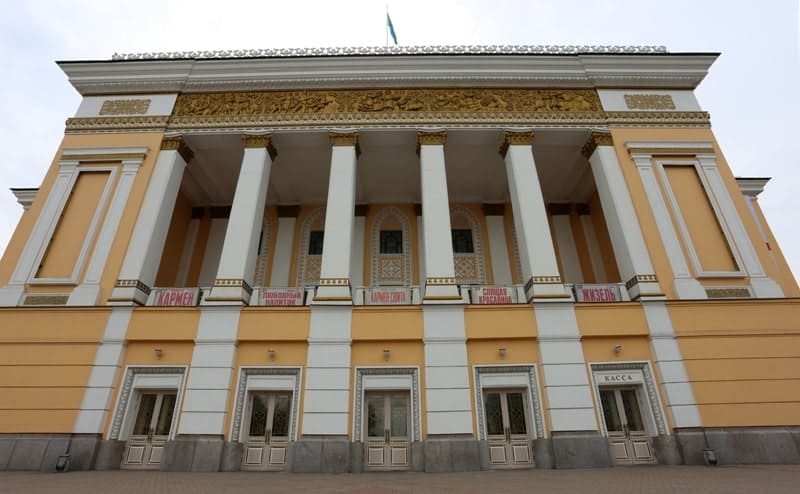
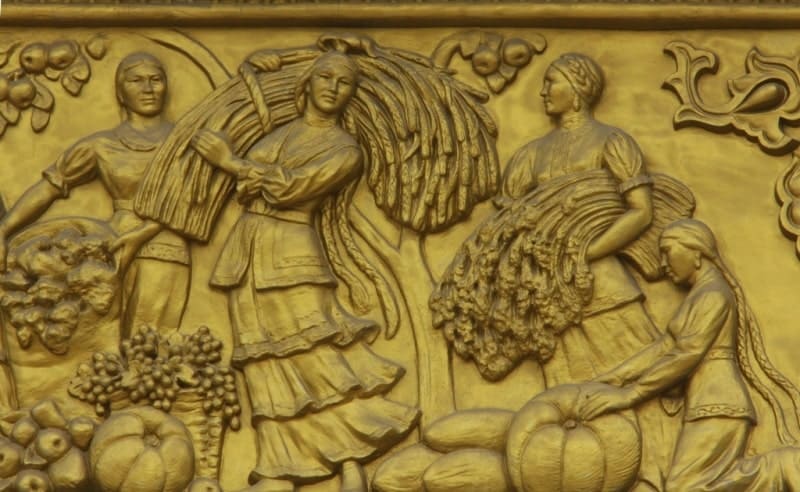
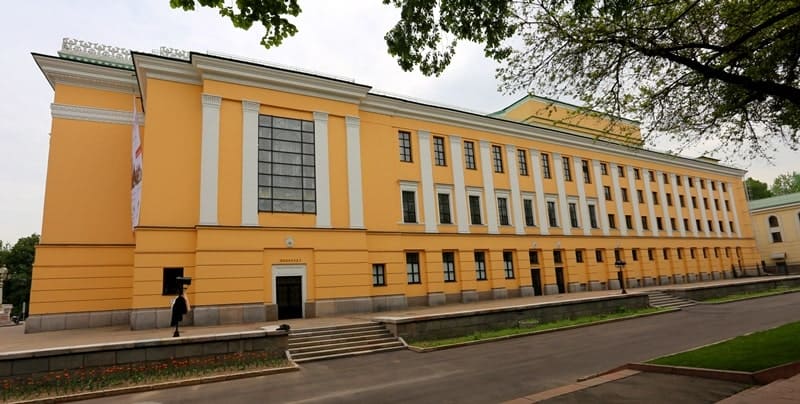
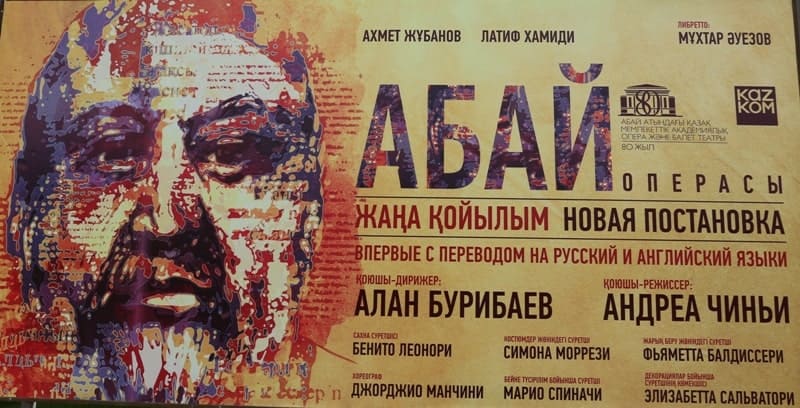
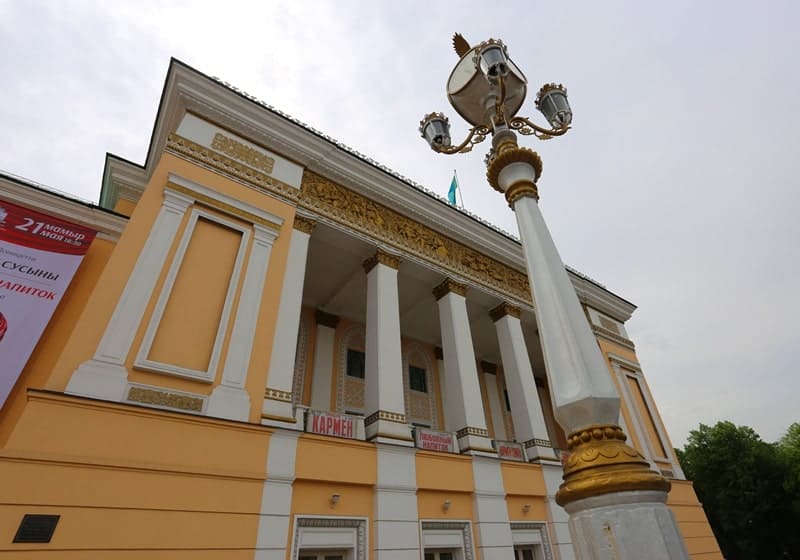
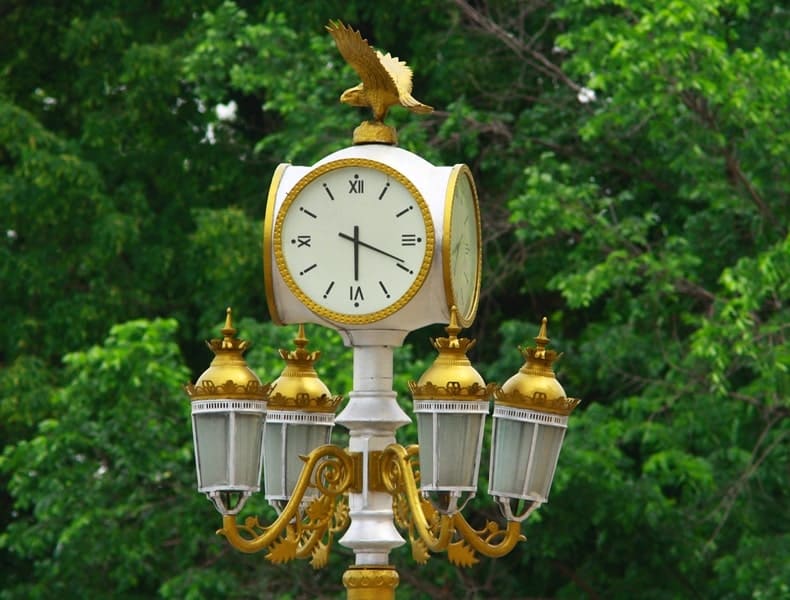
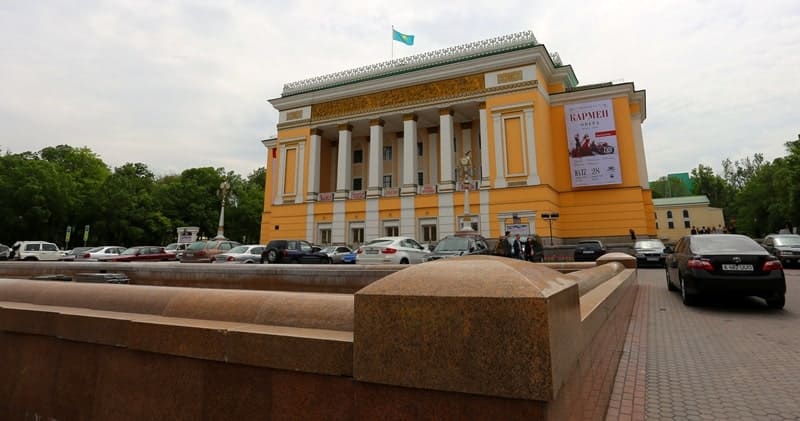
Authority:
Vladimir Proskurin (Berlin).
Photos by
Alexander Petrov.







